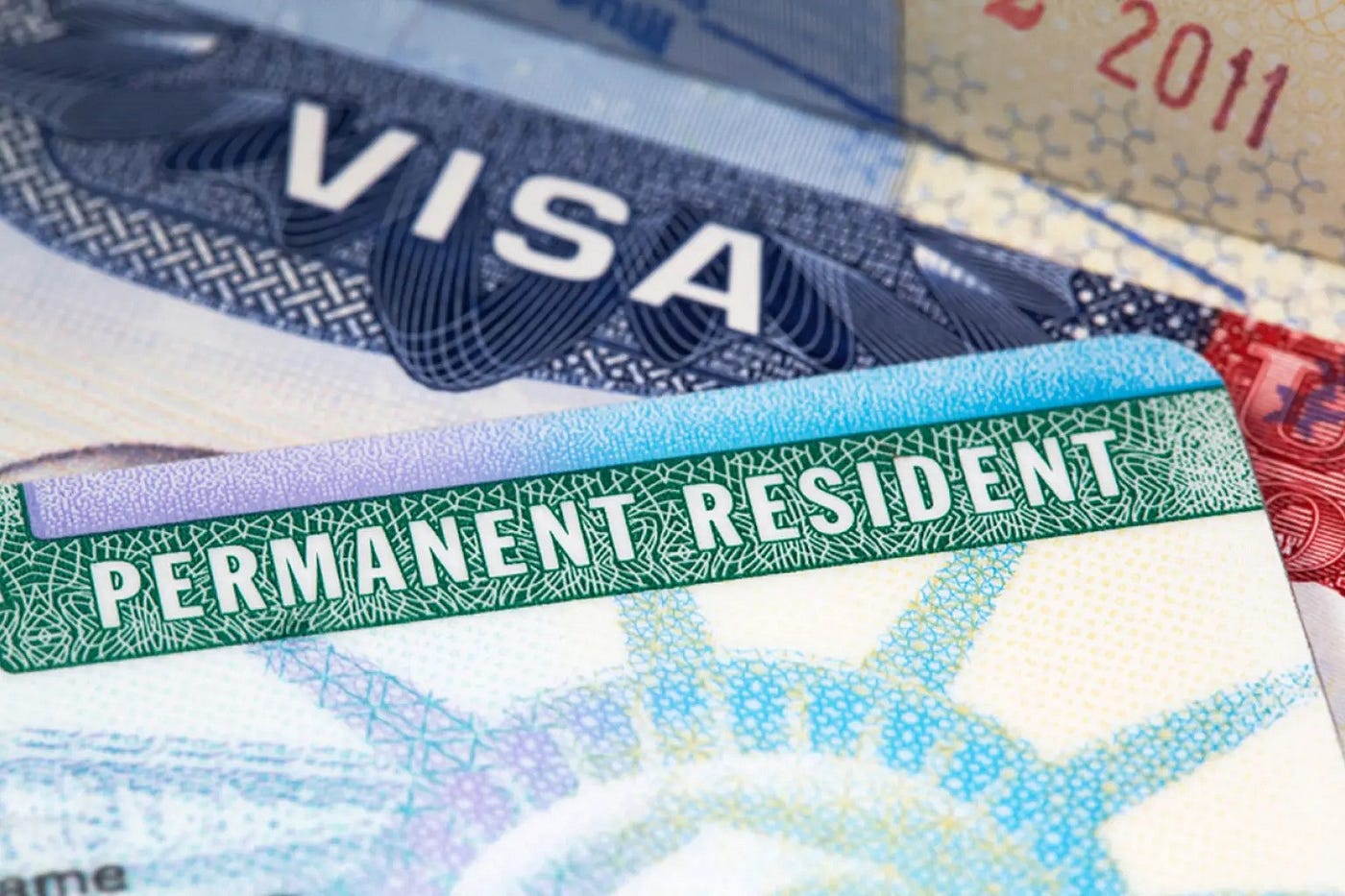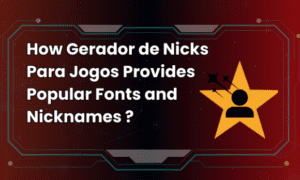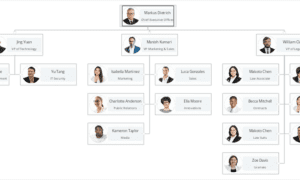The EB-1A visa is a goal for many high-achieving professionals aiming to obtain U.S. permanent residency via their merit. But their high standards demand meticulous preparation on your part. Here, we have presented actionable pro-tips to sharpen your approach and increase your chances in light of historical EB1A approval rate trends.
Understand the landscape: Why many petitions fail
Before diving into tactics, it helps to know why many EB-1A petitions falter. The EB1A approval rate historically fluctuates depending on USCIS policy and the quality of evidence submitted. Many petitions fail because applicants rely on weak or generic documentation. They fail to demonstrate sustained acclaim or don’t link achievements to USCIS criteria effectively.
To beat the odds, your Visa eb 1a petition must do more than check boxes. It must tell a compelling and verifiable story of extraordinary ability. And here are our hand-picked tips to help you even the odds.
Anchor your case around high-impact achievements
Not all accomplishments carry equal weight. Use the concept of anchor achievements (standout milestones that define your career’s narrative) to anchor your petition’s persuasive core. As described in analyses of EB-1A strategies, these anchor points serve as focal evidence around which your supporting documents align.
For example, a patent that has commercial adoption, a globally recognized award, or a transformative publication can serve as an anchor. Build your narrative around those, and let other evidence (publications, media mentions, testimonials) support them.
Choose strong evidence categories wisely
USCIS offers ten criteria for EB-1A eligibility, but not all carry the same persuasive weight. According to the EB-1A mentors, the strongest categories tend to be:
- Original contributions of major significance
- Serving as a judge or reviewer in your field
- Holding a critical role in distinguished organizations
- Scholarly publications or media coverage
When selecting which categories to pursue, pick those where your documentation is strongest. It is better to get three solid, well-documented criteria than to attempt many weak ones.
Craft persuasive & specific recommendation letters
Recommendation letters are central to the Visa EB-1A narrative. To strengthen yours:
- Use referees who are recognized experts in your field. They would be best chosen when they are ideally independent of your immediate circle.
- Ask them to describe how your work made a difference (not just that it was good).
- Ensure they use concrete examples: citations, adoption, collaborations, leadership in high-stakes projects, etc.
Vague praise will not suffice as evidence; the letters, instead, should weave your anchor achievements into the broader story of your field.
Build a clear, officer-friendly petition structure
Even brilliant credentials can lose impact if your petition is poorly organized. USCIS officers review many cases in a limited time. Make your document:
- Annotated and indexed (with a Table of Contents)
- Annotated exhibits (e.g., “Exhibit A: Patent award, Fig. 3”)
- Use visual cues: tables, charts, timelines, highlighted key phrases
Introduce each section with a short narrative summary
A clean, navigable structure helps reviewers connect your evidence with the criteria and your narrative.
Address weaknesses proactively
No petition is completely perfect and wholesome. If one area is weak (say, media coverage), compensate with stronger testimony, context, or peer letters. Be transparent about the limitations of your field (some technical domains don’t get press coverage) and explain how your excellence manifests differently.
Also, if you have had a previous rejection or Request for Evidence (RFE), integrate lessons learned and strengthen weak points upfront.
Demonstrate sustained acclaim & momentum
USCIS is not seeking one-time achievements alone; they want to see consistent recognition over time. Show a pattern: how your contributions evolved and how your influence expanded. This demonstrates that your work is not a flash in the pan and rather brewed consistently over long and accumulating efforts.
If your anchors are older, pair them with recent accomplishments (new publications, citations, invited talks) to show continuing momentum.
Let your petition rise above the rest
With these pro-tips, your Visa EB-1A petition can be more than a stack of documents. It will be a compelling story of excellence that matches USCIS’s expectations.
Want help refining your anchor achievements or structuring your petition? You can reach out to a reputable EB-1A consultancy. They can guide you on every step of your journey in the petition process.



































